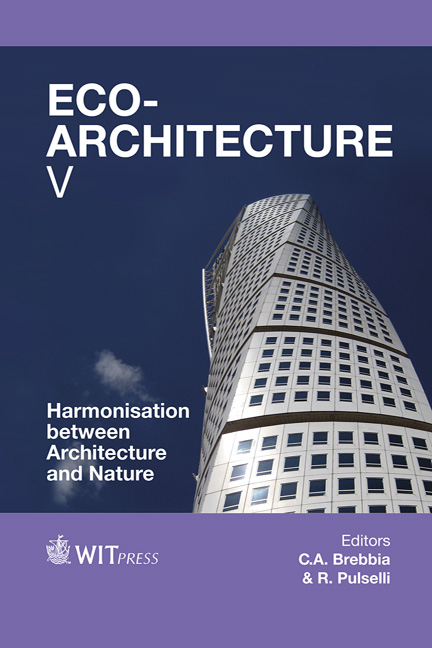Applying Traditional Passive Concepts Of Resource Efficiency And Climate Adaptation To Improve The Energy Efficiency Of Modern Buildings: A Case Study In Thessaloniki, Greece
Price
Free (open access)
Transaction
Volume
142
Pages
10
Page Range
105 - 114
Published
2014
Size
656 kb
Paper DOI
10.2495/ARC140101
Copyright
WIT Press
Author(s)
S. Schelbach
Abstract
Learning from traditional architecture is accessing a wealth of experience which is revealed through the study of traditional buildings. In order to build resources efficiently and so the climate is adapted to a location, planners and architects could design energy efficient buildings based on this knowledge by an optimal adaptation to the site. This paper, as part of a PhD Thesis, shows a way to answer the question: What can we learn from traditional architecture and, most importantly, how can this knowledge be applied today? As an exemplary examination, traditional houses in the upper city of Thessaloniki were investigated with the aim of identifying concepts of adaptation to the climatic conditions. The transferability of the results was tested through building simulations, using two apartment blocks as case studies. It could be shown that there is a potential to lower the energy demand in applying and involving traditional concepts to the refurbishment. Another result of the simulations was the strong interaction between different measures. Therefore it is important to compare different options of refurbishment strategies to understand their influence in energy efficiency and comfort. This approach was developed as a method that provides a tool for planners and architects and could be applied to other locations and climatic conditions. The method can also be used for teaching purposes to introduce students to the variety of concepts and sensitize them to the built environment.
Keywords
climate adaptive architecture, resource efficiency, energy efficiency, traditional architecture, building simulation, adaptability





